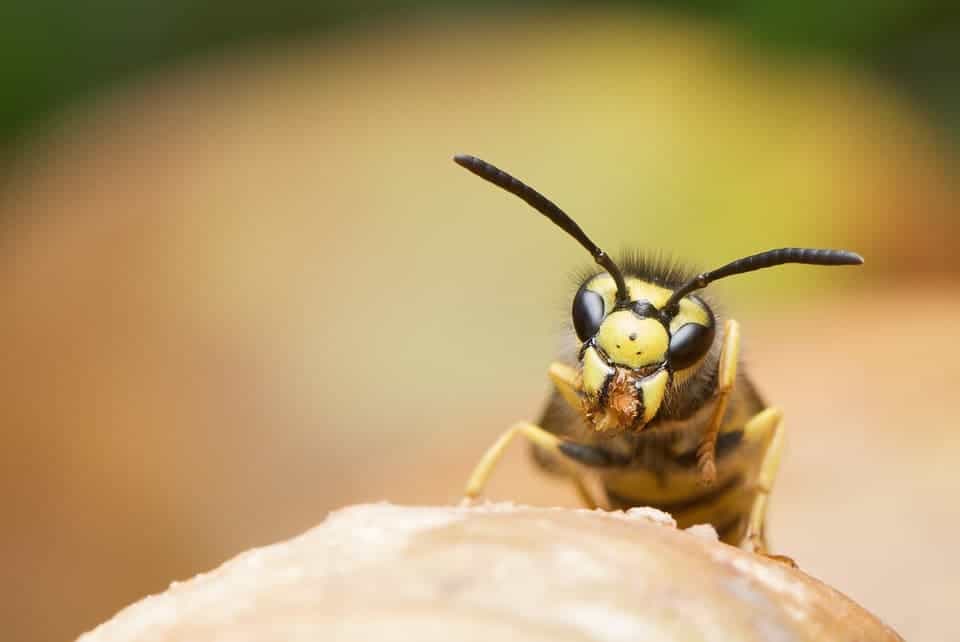A new study has found that wasps create complex social structures around the supply and demand of labor. Dominant and worker wasps will often compete with one another to get the best deal for their investment — be it work or admission to the nest.

Image credits Skeeze / Pixabay.
If humans and wasps have something in common, is that we both like to work little but get paid big. The finding comes from a University of Sussex School of Life Sciences team, which analyzed how paper wasps apply the mechanisms of supply and demand. Their society is centered around a dominant class of breeder wasps and ‘helpers’ which raise their offspring in return for acceptance into the nest and the group. But the breeders don’t just lord over the helpers — the two classes have to engage in a willing trade to get the shelter, or the labor, they need.
And where there’s trade, there’s competition.
The wasp is right
The study was carried out in southern Spain over a three-month period, during which the team marked and genotyped 1500 paper wasps. They also recorded the social behavior in 43 separate nests along a cactus hedge.
Then they started to toy with the number of nesting spots and potential nesting partners around the hedge. When this number increased, the team observed that helper wasps performed less labor for their breeder. Dominant wasps also compete between themselves in a way, trying to give the helpers the best deal — by allowing them to slack off — so they don’t leave the nest.
“Market forces can clearly affect trade agreements in nature, as they can in human markets: with a larger number of trading partners available, you can negotiate better trade deals,” said lead author Dr Lena Grinsted,
But when the number went down, worker wasps didn’t have as many options to chose from, and the dominant wasps allowed for fewer benefits.
This would be the first time that supply and demand theory is shown to shape helping behavior in social insects. Previously, it was believed that only internal factors such as the number of available helpers or relatedness drives these behaviors. By showing that external factors (such as the availability of work from outside sources) also plays a part, the team’s observations allow us to better understand and predict insect behavior in the future.
“It is remarkable to discover that simply changing the wasps’ surrounding social environment has a clear effect on cooperative behaviour within groups,” Grinsted added.
“Our findings reveal intriguing parallels between wasp populations and our own business world: a bad deal is better than no deal, so when competition increases so does the risk that you have to accept a lower price for what you offer.”
So what about you? Do you stay loyal to the hive through good and bad, or will you buzz away to the best deal as soon as possible?
The full paper “Market forces influence helping behaviour in cooperatively breeding paper wasps” has been published in the journal Nature Communications.



